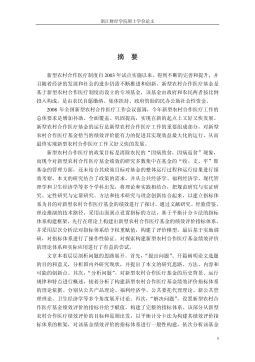新会计准则下的会计信息质量评价体系研究
浙江财经学院硕士学位论文I摘要经济越发展,会计越重要。会计作为一种全社会通用的商业语言,承担着向外界传递经济活动信息的重要职责,企业的会计信息受到外界越来越多的关注。高质量的会计信息是企业经营管理和科学决策的重要依据,是政府对国民经济进行宏观和微观管理的重要信息来源,也是投资者和证券市场不可缺少的信息资料。2006年2月15日,我国颁布了包括1项基本准则和38项具体准则在内的新企业会计准则,这标志着我国建立了全新的会计准则体系,也实现了与国际财务报告准则的实质性趋同,它是我国会计史上的一个里程碑。新准则的精髓是要求通过财务报告提供高质量的会计信息,这也可以理解为会计准则的最终目的就是为了规范会...
相关推荐
-
我国基层财政困难的制度成因分析与对策研究VIP免费
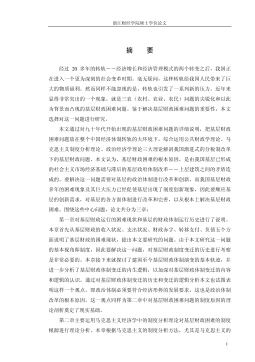
 2024-09-20 33
2024-09-20 33 -
我国煤电产业链纵向交易合约机制研究VIP免费
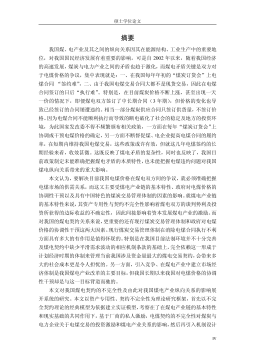
 2024-09-20 27
2024-09-20 27 -
生产要素视角下的上海市产业结构优化研究VIP免费
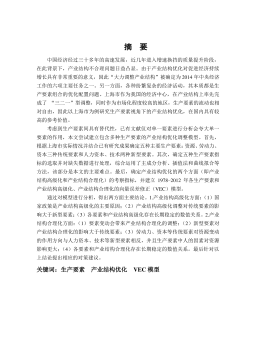
 2025-01-09 7
2025-01-09 7 -
我国银行业结构与经济结构关系研究VIP免费
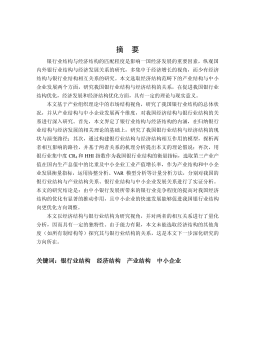
 2025-01-09 7
2025-01-09 7 -
大数据视角下农业供应链金融研究VIP免费

 2025-01-09 6
2025-01-09 6 -
跨国大型综合超市的规划研究VIP免费
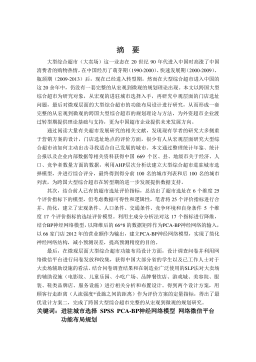
 2025-01-09 6
2025-01-09 6 -
跨境电商农产品质量安全问题研究VIP免费
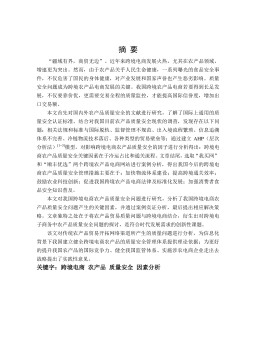
 2025-01-09 7
2025-01-09 7 -
世界市场的虚拟化与我国国际电子商务发展方向研究VIP免费
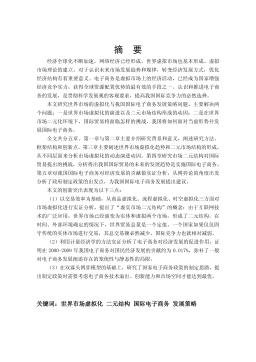
 2025-01-09 9
2025-01-09 9 -
中国政府对电力行业的价格规制问题研究VIP免费
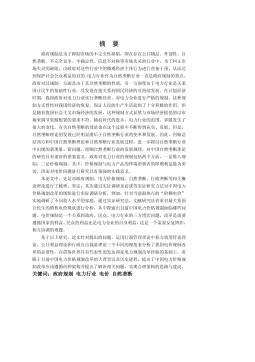
 2025-01-09 13
2025-01-09 13 -
中小企业信息化系统集成技术研究VIP免费

 2025-01-09 13
2025-01-09 13
相关内容
-

跨国大型综合超市的规划研究
分类:高等教育资料
时间:2025-01-09
标签:无
格式:PDF
价格:15 积分
-

跨境电商农产品质量安全问题研究
分类:高等教育资料
时间:2025-01-09
标签:无
格式:PDF
价格:15 积分
-

世界市场的虚拟化与我国国际电子商务发展方向研究
分类:高等教育资料
时间:2025-01-09
标签:无
格式:PDF
价格:15 积分
-

中国政府对电力行业的价格规制问题研究
分类:高等教育资料
时间:2025-01-09
标签:无
格式:PDF
价格:15 积分
-

中小企业信息化系统集成技术研究
分类:高等教育资料
时间:2025-01-09
标签:无
格式:PDF
价格:15 积分



